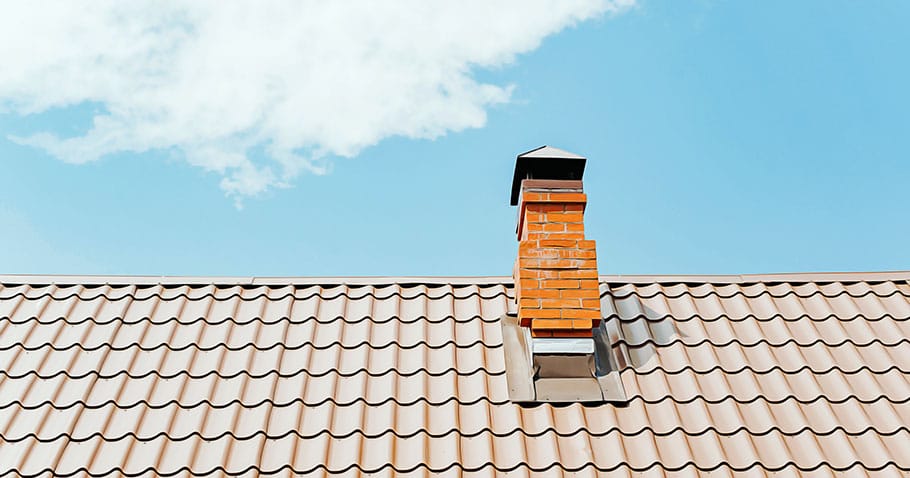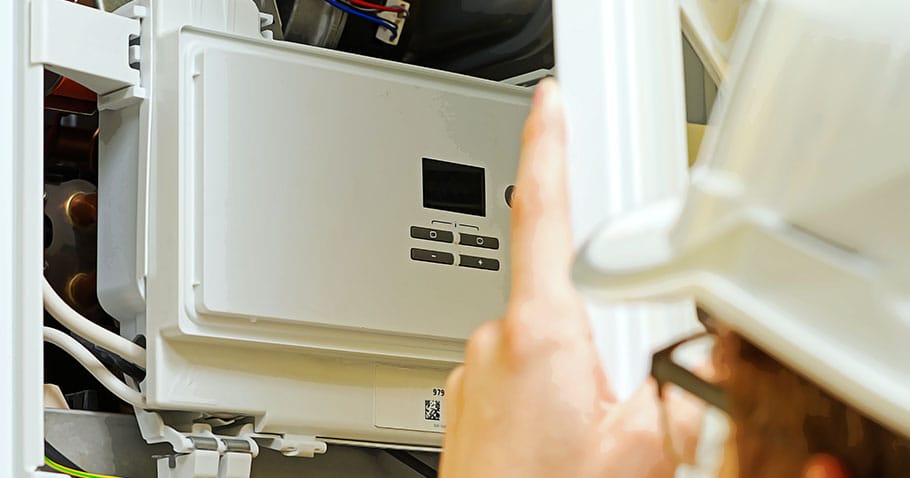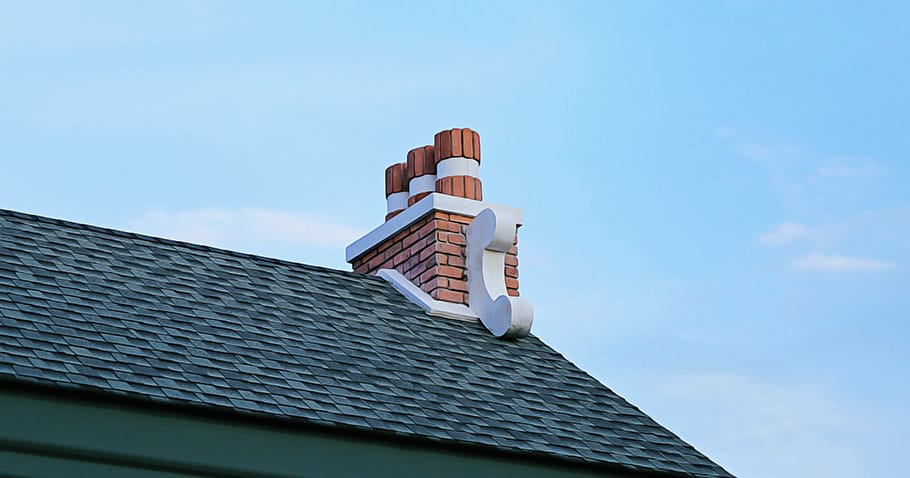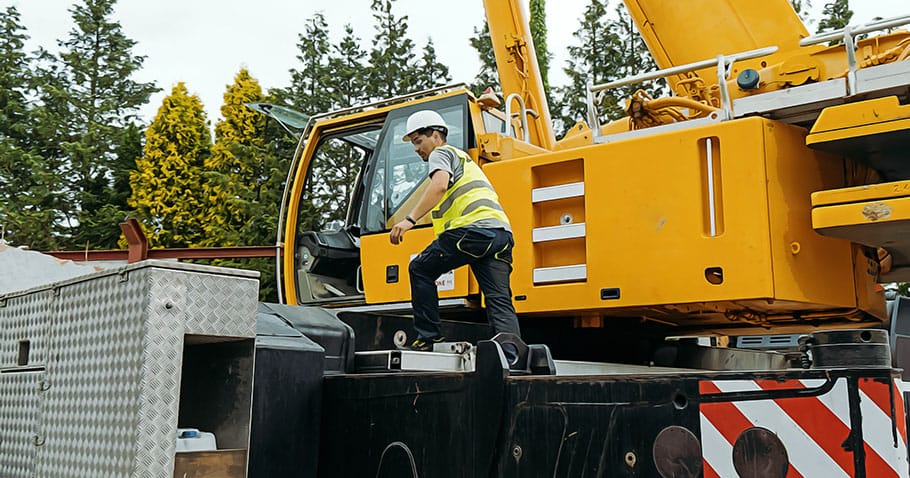Why Won’t My Oil Furnace Heat?

Oil furnaces have been around for a while and are designed to keep you and your family members warm and cozy during those long winter nights. For the oil furnace to work efficiently and effectively, you will have to perform regular inspections and maintenance. But, even with that, you cannot expect the oil furnace not to run into any problems. In such cases, you should be familiar with the signs & symptoms along with troubleshooting tips to ensure everything works smoothly before you consult furnace repair services. We will discuss the reasons your oil furnace is not heating and what you can do to fix the issue.
Check The Filters
If your oil furnace is not heating, you should begin by checking the filters. Modern oil furnaces come with air and oil filters that keep the contaminants away. The air filter is designed to trap toxicants and keep the indoor air clean.
Over time, filters become blocked with dust. This makes them a problem for the air to go through causing airflow issues. Any furnace needs airflow to blow warm air. When there is less or no air, the system will malfunction and won’t heat the house. Therefore, cleaning the filters is important.
Many people underestimate the importance of the filters and as a result, are lazy with the maintenance. Eventually, the components of the oil furnace undergo excessive stress that leads to expensive repairs and replacements.
So, regularly clean or replace filters depending on the usage of the oil furnace. If the oil furnace has been sitting dormant for a while, you should still clean and maintain the filters before turning it on.
Inspect The Ductwork
Furthermore, you should also inspect the ductwork. In the winter season, birds, critters, and other unwanted guests tend to take up accommodation in warm areas. This means they are most probably going to chew on the wires and the ductwork resulting in cracks and holes.
To avoid this, regular inspection and maintenance is needed. However, if the oil furnace is not used all year round, you should make sure it is properly covered to prevent such factors from affecting the oil furnace.
Check The Flame Sensor Or Igniter
Another reason your oil furnace might not be heating properly is due to a faulty flame sensor or igniter. The only way you can check an oil furnace ignitor and a flame sensor is by consulting the user manual and inspecting them. If there is wear and tear, you will need to replace the components.
You can check the components using a multimeter. If the device shows continuity, it means the components are working fine and something else happens to be the problem. But, keep in mind that if the device shows no continuity, the flame sensor or igniter will need replacing.
You can also try cleaning the components using a soft brush and a cleaning agent but do not be rough with it. These components tend to be sensitive and can easily break if force is used. If the flame sensor or igniter comes out to be fine, you will need to check for other issues.
Additional Oil Furnace Issues
While we have discussed the potential reasons your oil furnace might not be heating, it is equally important to focus on other oil furnace issues that impede the performance of the furnace. These issues can also cause the furnace to not heating properly or not work at all.
Strange Odors
Oil furnaces are prone to producing strange odors. The reason could be a clogged chimney, nozzle or a damaged heat exchanger. Plus, it could also be because of blocked combustion chamber. To fix the issue, you will need to check the chimney, nozzle, and heat exchanger for any clogging and then clean if necessary.
Furthermore, you should also check the nozzle or heat exchanger for any signs of damage. If there is, you will need to replace the components. Unfortunately, you might not be able to replace the components on your own especially if you don’t have the skills or tools needed so call HVAC companies Tyson’s Corner.
The Thermostat Isn’t Functioning
Thermostats are electronic devices that control the temperature inside the house by keeping track of the temperature outside. The problem with thermometers and other electronic devices is that they can give up without showing any signs & symptoms.
Although modern oil furnaces may come with pre-installed thermostats, the older versions had people installing aftermarket ones. If you find that the thermostat is the issue, you can try replacing the batteries. But, if your oil furnace comes with a pre-installed thermometer, it might need calibration.
Thermostats tend to lose calibration when maintenance is performed. You will need to consult an expert to calibrate the thermostat. However, if your furnace has an aftermarket thermometer installed, it will need to be replaced.
The Furnace Is Old
Oil furnaces with a lifespan attached. Even if you were to maintain them on a regular basis, they will become weaker with time and will become less productive and effective. Although, they will last several years before needing a replacement, but when it is due, you won’t have any other option but to replace them.
A common mistake people tend to make is frequently paying for expensive repairs and replacements. While it might seem a budget-friendly option than purchasing a new unit, there comes a point where the costs of these repairs and replacements cross the actual value of the unit.
At this point, you should save the money and invest in a new unit.
Lack Of Maintenance
Lack of maintenance is one of the most common reasons oil furnaces experience frequent repairs and replacements. Once having bought the furnace, homeowners hardly pay any attention to regular inspections and maintenance. This causes the components to experience additional stress resulting in them becoming weaker with time.
This is why it is suggested to get your oil furnace inspected and maintained by a professional. A professional goes deep inside the unit and ensures everything is working perfectly. If there are any unusual signs & symptoms, they tend to fix them on the spot to prevent unexpected breakdowns.
In other words, this is an investment you make to ensure your oil furnace performs smoothly without any problems.
When To Perform Maintenance?
The frequency of oil furnace maintenance depends on the usage. If the oil furnace is used throughout the year, you will need to inspect and maintain it at least once in two weeks. Plus, you will need to schedule professional maintenance every two months as well.
Plus, if you hear or observe any unusual signs, you should immediately shut off the furnace and consult an expert. Waiting for the noise or problem to go away on its own may create further problems. So, make sure you are punctual with the maintenance.
Conclusion
The key to ensuring a smooth-running oil furnace is proper inspection and maintenance. Even then, you might run into some problems but the information mentioned above will surely keep you covered. This will help get the furnace running back to normal just when you least expected the unit to give up. If nothing works, then you need to consult furnace services Arlington.

































































